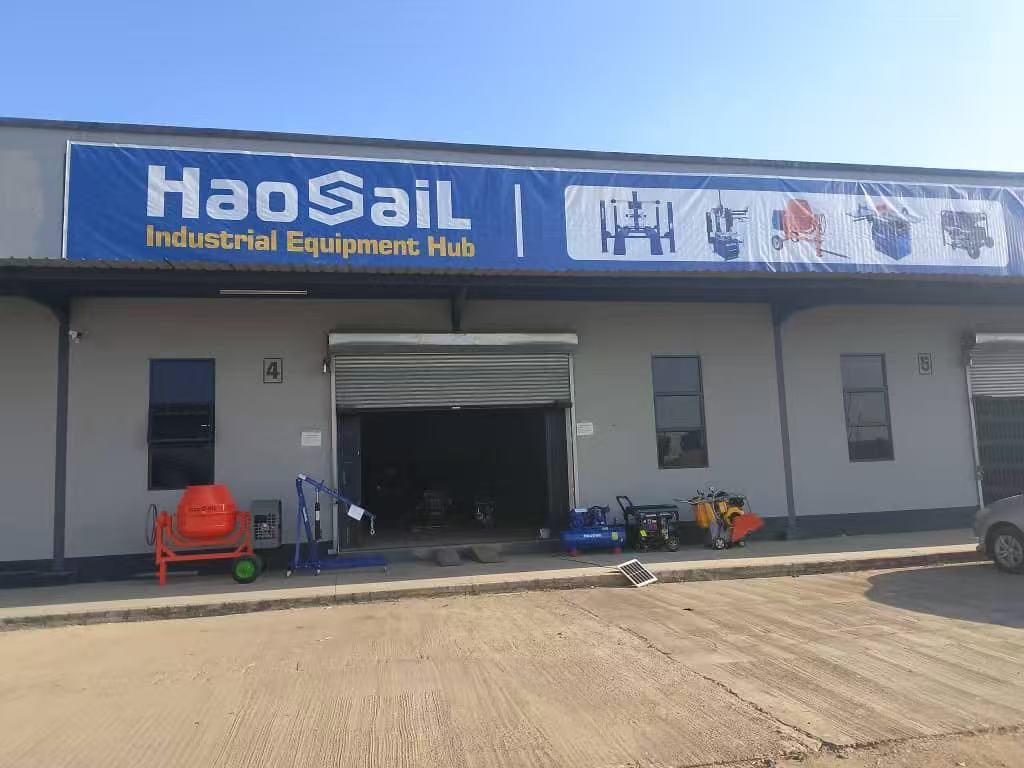
Aug 27, 2025
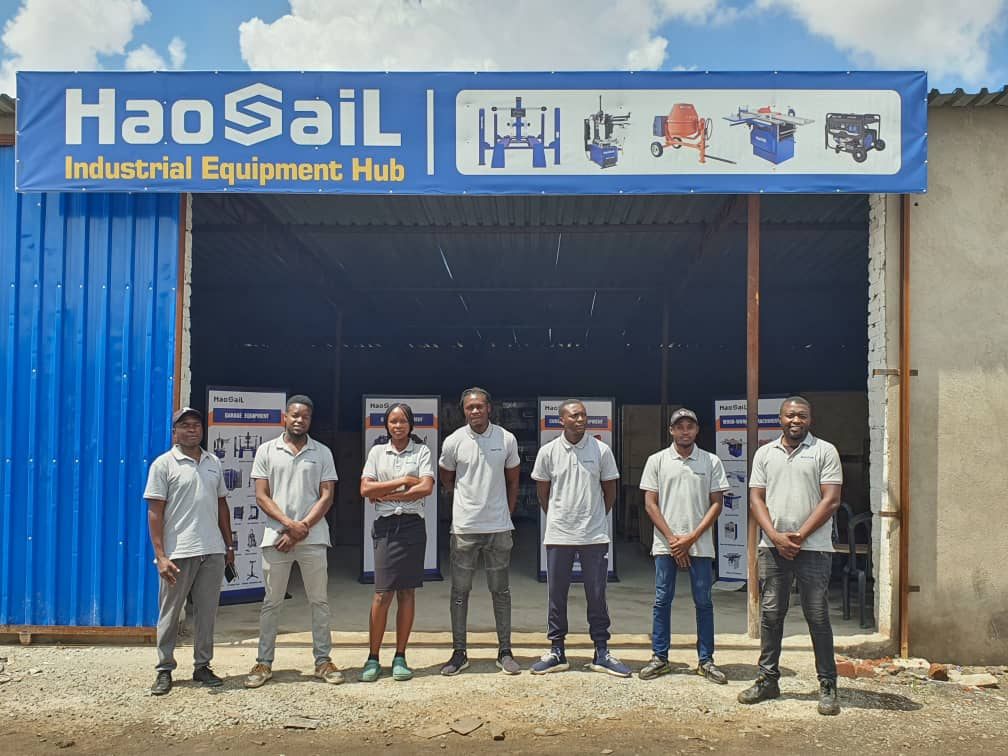
Aug 12, 2025
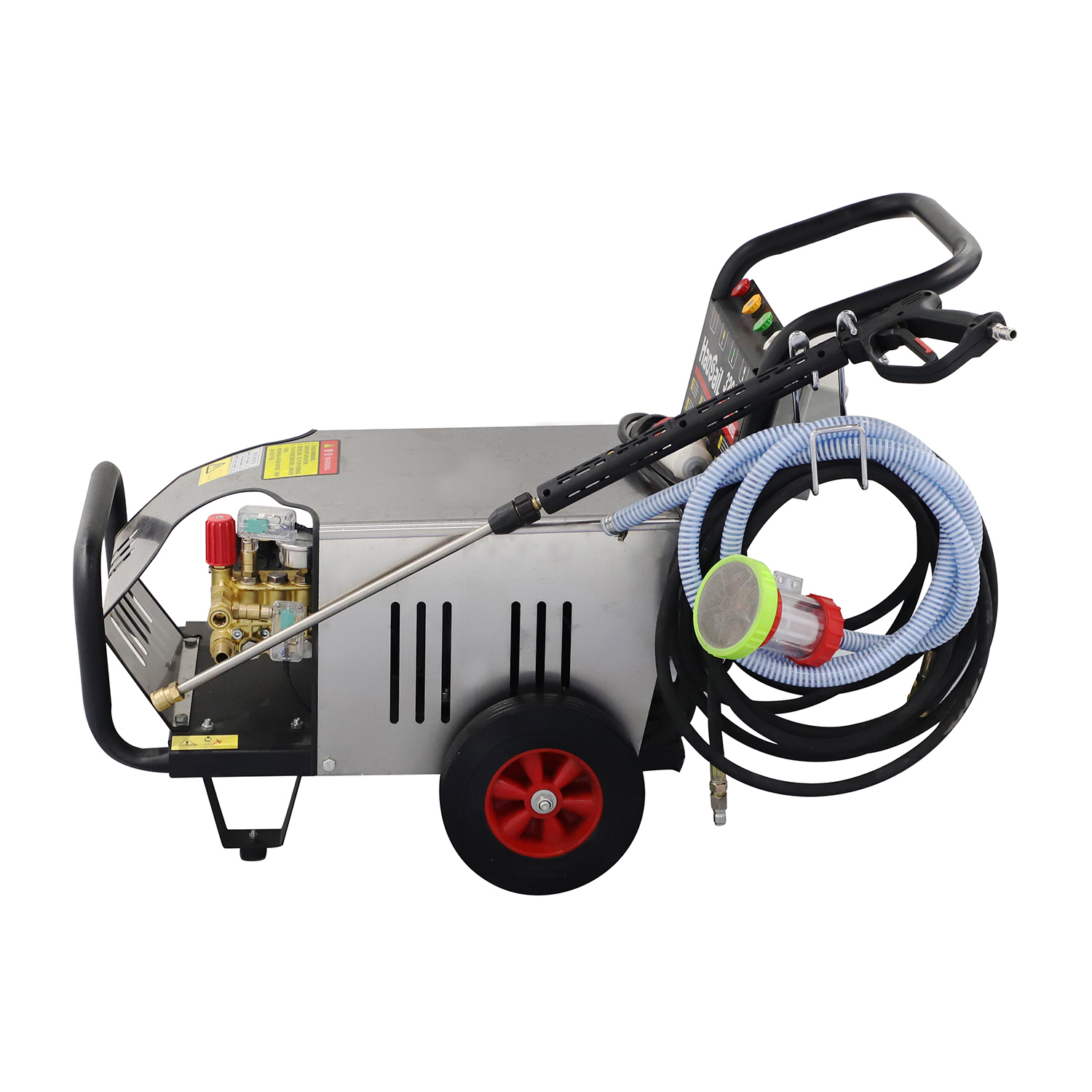
Jun 04, 2025
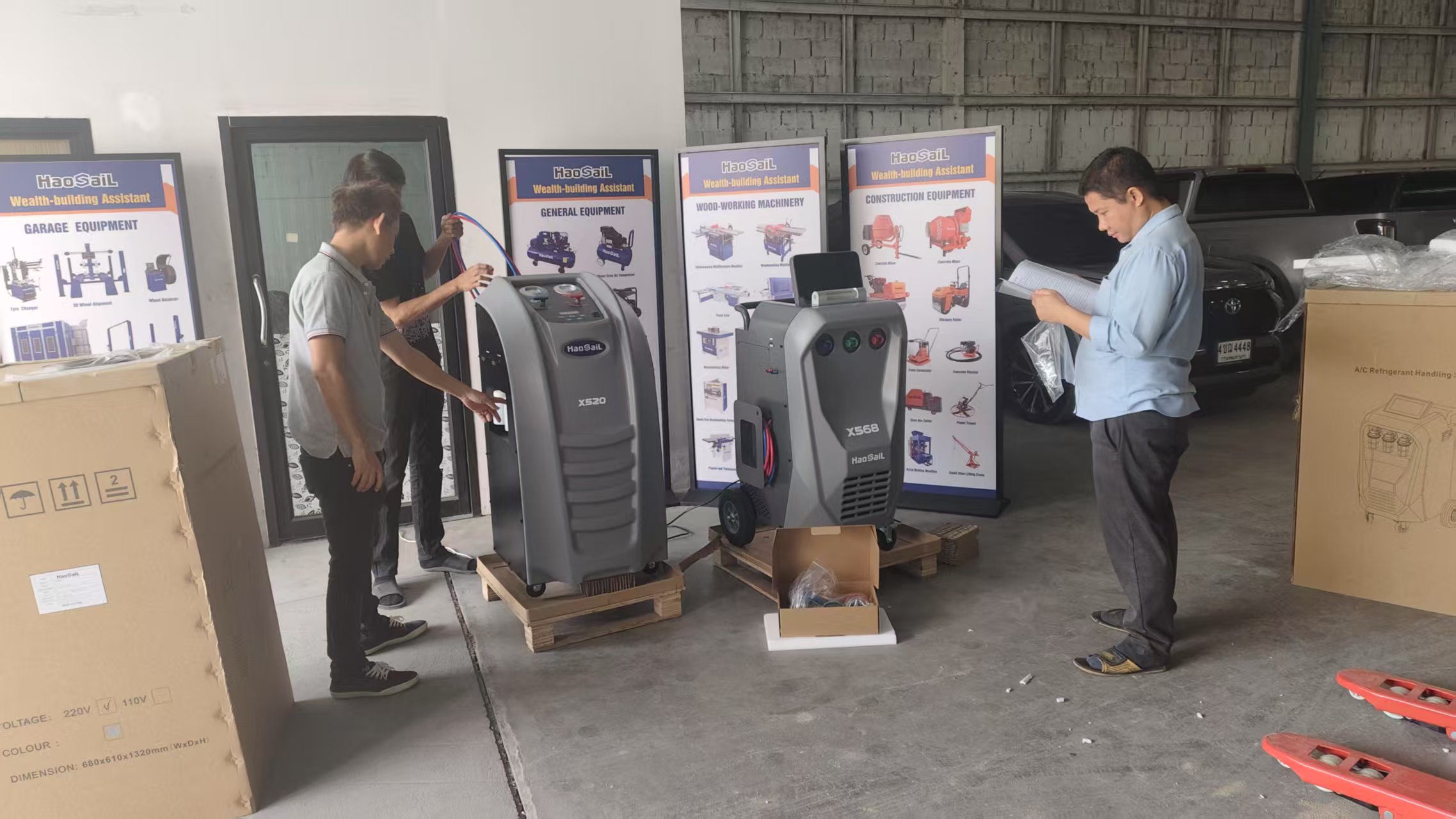
May 30, 2025
B4, Qingdao High-Tech Zone, No. 17 Songyuan Road, Qingdao.
+86 13864822549
### **The Necessity and Detailed Guide to Wheel Alignment**
Wheel alignment is a crucial aspect of vehicle maintenance that adjusts the geometric angles of wheels and suspension systems to ensure optimal tire-to-road contact. Regular use wheel alignment to check not only enhance driving safety but also significantly extend tire lifespan and improve fuel efficiency. Below are specific situations requiring attention to wheel alignment with detailed explanations:
---
### **1. Abnormal Tire Wear**
#### **Common Symptoms**
- Noticeable wavy or sawtooth wear on inner/outer tread edges
- One tire wearing significantly faster than others
- Irregular block wear or feathering patterns on tread surface
#### **Technical Analysis**
When camber angles exceed standard range (typically within ±1°), it causes angled tire contact with the road. Incorrect toe settings (ideal 0±0.2°) create "scalloping" effects. Statistics show misalignment can reduce tire life by 40% and increase fuel consumption by 2-5% annually.
---
### **2. Vehicle Pulling**
#### **Driving Experience**
- Vehicle drifts from lane within 3 seconds when releasing steering wheel on straight roads
- Requires constant 3-5° steering correction to maintain straight line
- Pulling intensifies at highway speeds (80km/h+)
#### **Mechanical Causes**
Typically caused by left-right toe differences exceeding 0.3° or unilateral camber deviation over 0.5°. Particularly noticeable in MacPherson strut vehicles, often related to shock absorber spring fatigue or control arm bushing wear.
---
### **3. After Suspension Repairs**
#### **Mandatory Alignment Cases**
- After replacing any geometry-affecting components:
- Strut assemblies (alter caster angle)
- Lower control arms (impact camber)
- Tie rods (directly change toe settings)
- Following collisions at ≥30km/h impact speed
- After steering gear or EPS module replacement
#### **Service Recommendation**
Drive 50-100km after parts replacement before wheel alignment to allow proper component settling.
---
### **4. Steering Wheel Centering Issues**
#### **Symptom Severity**
- Mild: Slow return-to-center requiring manual assistance
- Moderate: 5-10° residual offset after centering
- Severe: Complete failure to self-center
#### **Related Wheel Alignment Parameters**
Insufficient caster angle (normally 4-6°) reduces centering force, while left-right caster difference over 0.5° causes steering wheel misalignment.
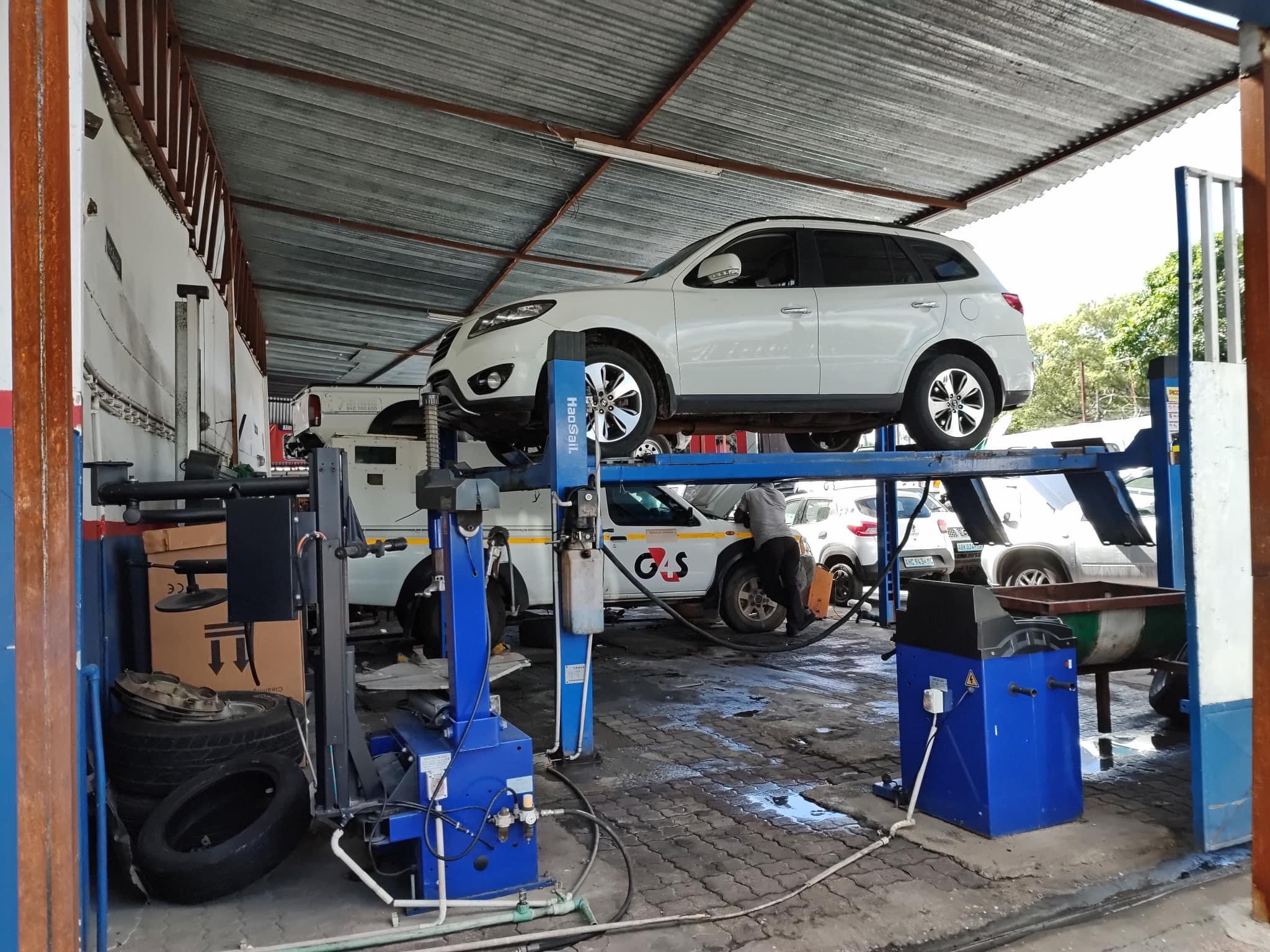
### **5. Preventive Maintenance Schedule**
#### **Scientific Service Intervals**
- Urban roads: Every 25,000km or 12 months
- Mixed conditions: Every 20,000km
- Rough terrain: Every 10,000km or 6 months
- Performance vehicles: Recommended every 15,000km
#### **Special Note**
New vehicles should use wheel alignment machine to undergo baseline alignment check during first maintenance (3,000-5,000km) to record reference data.
---
### **6. Other Critical Scenarios**
#### **Post-Collision**
Even minor impacts may cause:
- Rear axle toe changes (common in torsion beam suspensions)
- Subframe displacement (affecting all alignment parameters)
#### **Tire Replacement**
Pre-installation do wheel alignment can:
- Increase tire lifespan by 15-20%
- Ensure consistent braking performance
- Prevent noise from uneven wear
---
### **⚠️ Professional Service Guidelines**
1. **Equipment Requirements**:
- Mandatory 3D laser alignment systems
- Latest vehicle-specific data packages
- Lift platform level tolerance ≤1mm/m
2. **Standard Procedure**:
- Pre-inspection (tire pressure/suspension condition)
- Target mounting
- Roll compensation
- Parameter measurement
- Live adjustment
- Road test verification
3. **Non-Adjustable Cases**:
- For aged vehicles with frame deformation, use "best approximation" method
- Install adjustable control arms or eccentric bolts when necessary
---
### **Value-Added Services**
Premium service centers should provide:
- Before/after wheel alignment reports
- Tire wear pattern analysis
- Suspension component health assessment
- 3-6 month alignment warranty
Professional wheel alignment services can reduce chassis abnormal wear by 30% and improve high-speed stability. We recommend maintaining complete alignment records. If any mentioned symptoms occur, professional inspection within 72 hours is strongly advised.